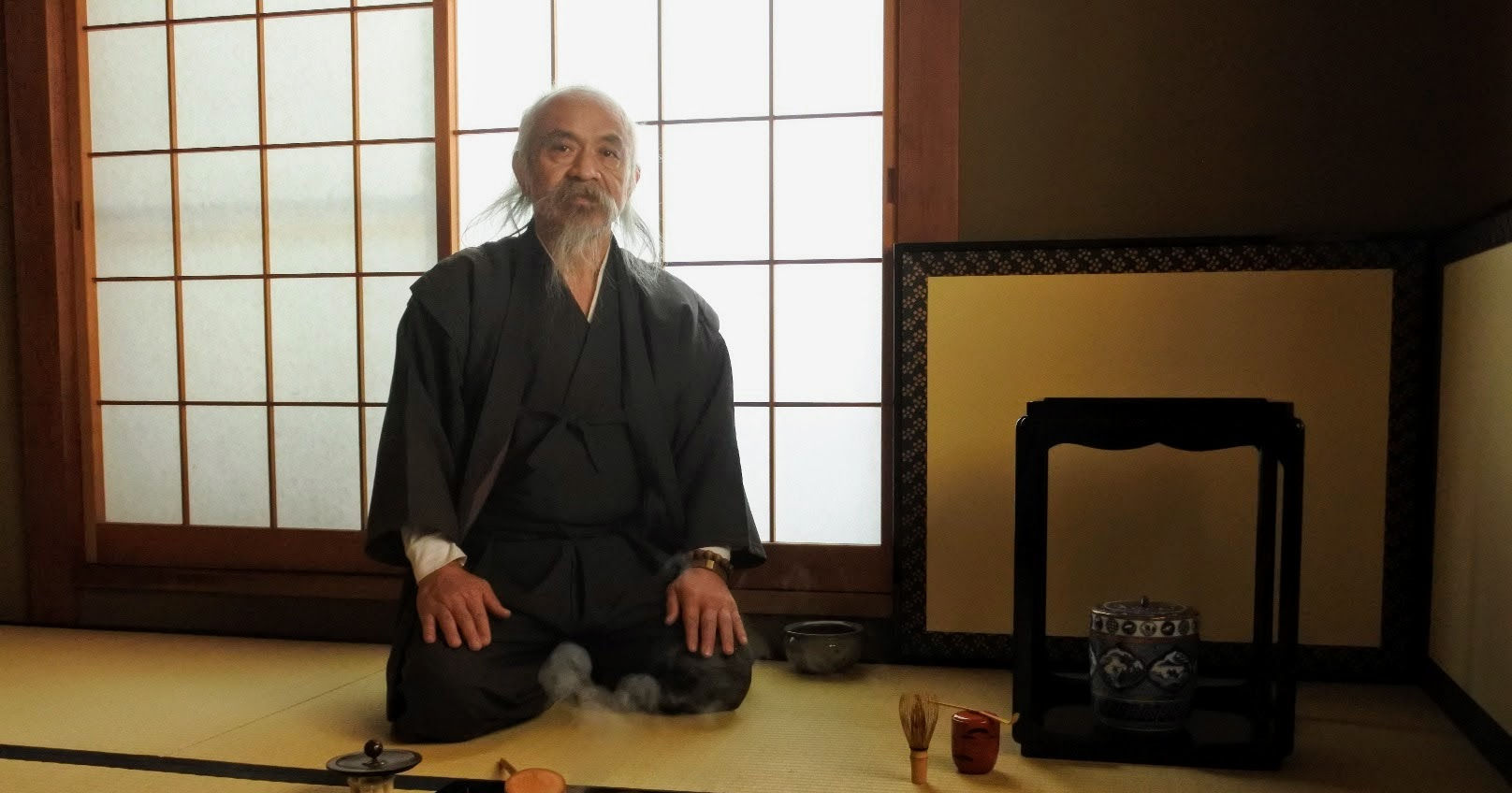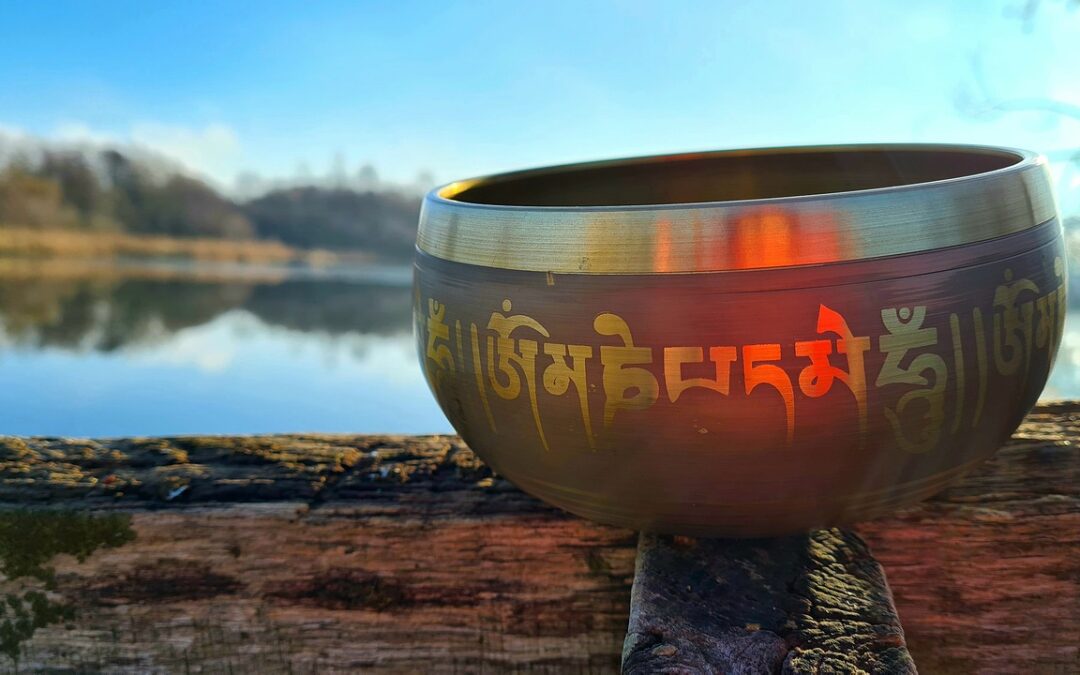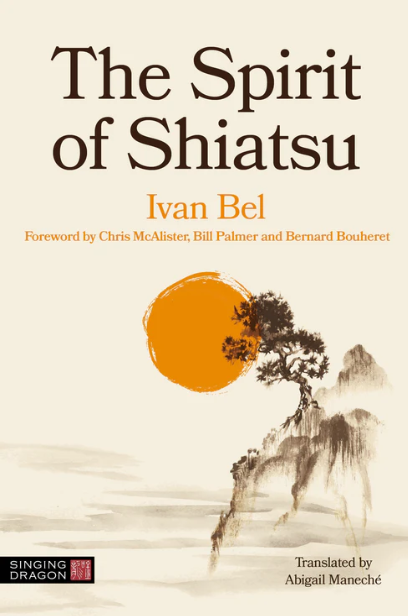Still quite unknown in Europe, Yin Shiatsu starts to make a name for itself. But at the origin of this name there is a man and not the least: Nobuyuki Takeuchi sensei. One can easily think of him as a modern-day samurai, uncompromising on behaviour, commitment and study, values that he applies first and foremost to himself. But what he says in this interview will ring true to all practitioners who have committed themselves to the Way of Shiatsu. Meeting with a master, in all senses of the word.
Ivan Bel: Hello sensei. Thank you for accepting our invitation for this interview. From which region of Japan and from which background do you come?
Nobuyuki Takeuchi: I was born in Fukushima prefecture, in the locality of Yoshimaruyama. I grew up in a peasant family and I was the youngest of three sons.
At what point in your life did you become interested in the therapeutic arts?
It was around the age of 18. At that time I had begun studying Taoist arts, particularly through the thought of Lao-Tzu and Chouang-Tzu.
Have you been introduced to pharmacopoeia, Kanpo medicine and acupuncture? What memories do you have of these years of learning?
It was at the same time that I started to study with my uncle. He was an admirable person. However, my affinity with Taoist thought led me to question Shiatsu as it existed.
With the aim of developing my Ki to diagnose and treat patients, I fasted two days a week and practiced zazen daily. I also devoted myself to “Fukukihō” (服気法)[i], one of the three breathing techniques of Qi Gong.
Since then and for 30 years, I have continued this daily routine.
You founded the “Akahigedo” clinic, which translates as “Redbeard’s Pavilion” in 1978. Is this in reference to Akira Kurosawa’s 1965 film Barbarossa [ii]? How did this character inspire you?
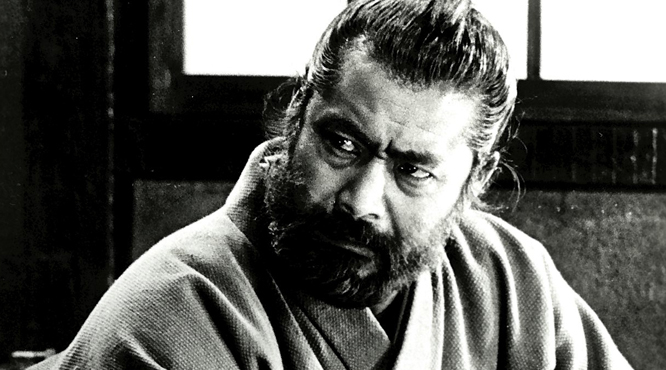
The character of “Redbeard” is a doctor from the Edo period who really existed [iii], a sort of Robin Hood from your home. It is above all his attitude, his state of mind that inspired me. The patient’s suffering, if not cured, becomes my own suffering.
So I have to work on myself, through the practice of fasting for example, and my own determination to be able to respond to it. This is the Way of Bushido.
In what year did you create your own style called “Yin Shiatsu”? What are the peculiarities of your method that differentiates it from other existing currents?
When I was 29 years old, in this context, I made the decision that if I didn’t succeed in accomplishing my own Way within a year by using an exceptional technique, I might as well commit suicide, as the writer Mishima did[iv].
This extreme determination led me to found Yin Shiatsu as it exists today. I formalised a different approach to the Shiatsu existing at the time in Japan, allowing in particular to treat by distal points, without directly touching the affected areas or by connecting areas of the body by similarity of form.
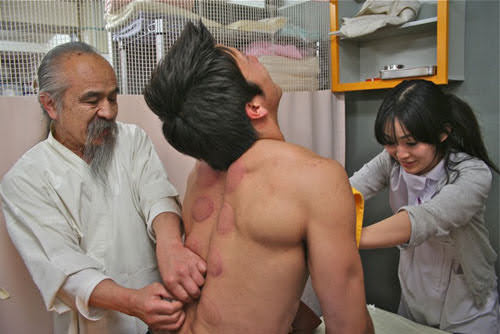
For years you have been doing research which has led to an interesting theory: the triangular relationship. Could you please explain it to us?
In my opinion, the origins of Shiatsu are very old, long before the Christian era. The theory of the triangular relationship, which is at the base of Yin Shiatsu, appeared to me, as an inspiration, following the regular practices of fasting and purification in the open air that I told you about.
This intuition led me to review the pre-existing theory of meridians. It was very moving for me, because none of this was mentioned in the founding texts such as the Huangdi Nei Jing for example.
If you want to know more, I invite you to get closer to Mehdi and Misako[v] who live in Strasbourg and who benefited from my teaching. And you will also have the opportunity to learn more if I come to France or if you come to Tokyo yourself.
What is your understanding of the disease?
My conception of illness comes from the Buddhist thought “In Ga Ron” (因果論). It is the “Law of Causality” or “Law of Cause and Effect”, and the notion of Karma can possibly be the outcome of it. By this I mean that a Cause leads to an Effect but the “En” (縁) comes into play in this mechanism. The “In” can be translated as fate/destiny, chance/occasion. “In” is also the right place at the right time with the right person. In the present context, it is more about the individual’s choice in the face of opportunities, the opportunities available to him or her that he or she will or will not seize.
Also, the same thinking can be applied to illness. When a symptom appears, it is important to identify the cause, the source of the problem. However, it is also essential to discern the life choices that have led a person to an imbalance and the choices that will enable him or her to regain the right balance.
For example, to simplify, if a patient is at risk of obesity, he or she may have a genetic predisposition to being overweight. The patient’s choice to divert what appears to be a fatality would be to not indulge in overeating and to ensure that he or she is better nourished.
A multitude of other examples can be found on this subject.
To put it another way, during treatment we often focus on the causes and their symptomatic effects. However, few will attempt to address the patient’s actions, motivations and “negative thoughts”. Acting on one’s own behaviour and life choices is the key, the lever to change one’s destiny.
To understand this principle of “In”, we must be aware of the existence of our free will (自由意志)[vi]. By this I mean that we can choose for ourselves, with our heart, our conscience, what is good or bad, right or wrong, positive or negative for us.
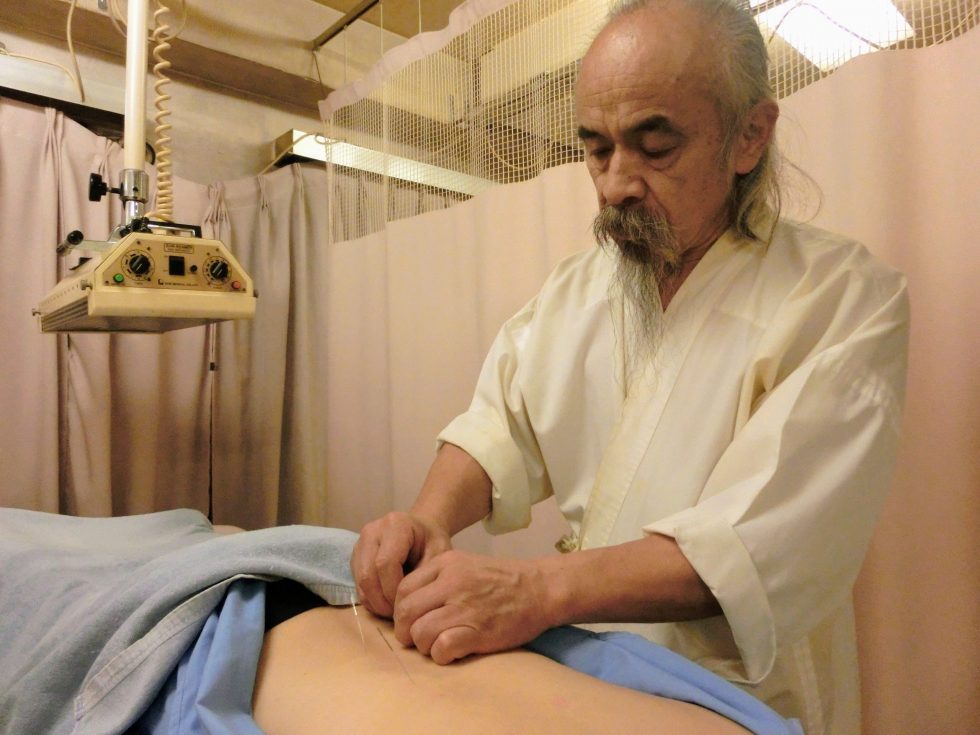
Your treatment is multidisciplinary: acupuncture, Shiatsu, medicinal plants, etc. Why this choice when most acupuncturists, for example, are satisfied with needles only?
Many patients come every day with various and varied pathologies: depression, cancer, atopic eczema, asthma, gynaecological diseases, children’s diseases…. Treating these diseases are therefore very serious challenges and if you only treat them by one technique: just with acupuncture, just with Shiatsu or just by dietary advice, it is not always enough. I adapt the treatment according to what is necessary, according to the priorities and specificities of each case.
This is why Akahigedo offers a complete range of treatments. For me, what is important is the result. I have no excuse if I am unable to treat a person. This is my way of life.
You are a recognised expert in Chinese medicine and have invited many Chinese specialists in Qigong and acupuncture. You have also made several trips to China to study these medical approaches in greater depth. Furthermore, you have been trained in Japan, notably in Kanpo medicine. In your opinion, what are the differences between the Chinese and the Japanese in their approach to oriental medicine?
Indeed, I have been to China on many occasions and I have met many proclaimed masters, also in Japan. Unfortunately, I think that today the Chinese or Japanese senseïs are generally not very rigorous… I have observed that they are too often satisfied with the result of their care even if the patient is not cured. Sufficiency and the desire for recognition at work too often seem to divert the doctor from his initial objectives. Daruma (or Bodhidharma)[vii] said in the face of Emperor Han Wudi[viii] that there is no merit in doing good if one expects recognition in return.
There is, however, another way of living. I am uncompromising with myself. And so it is a challenge for me to be able to relieve those who suffer, to be able to heal them. This is why I deal with all possible means. You may consider me a somewhat boring therapist…
On the contrary, I find it exciting! Coming back to Qi gong, this art of energy saving, could you tell us how it nourishes the practitioner of oriental medicine and what it brings you in your daily life?
Someone who practices and lives as an Oriental medicine practitioner must learn and deepen his or her Qi Gong. This requires a strict and arduous practice which does not necessarily correspond to the reality of our time. Very few follow this path and really confront the difficulties it imposes. As a result, few teachers take the trouble to transmit the true Qi Gong, don’t they?
Yet the use of Ki is a formidable tool in diagnosis and treatment. Qi Gong leads to fabulous results! It allows me to perceive the patient in the “depth of his being” (心の中) and to hear the “voice of Heaven” (天の声). Without really practicing it, one cannot become a good practitioner.
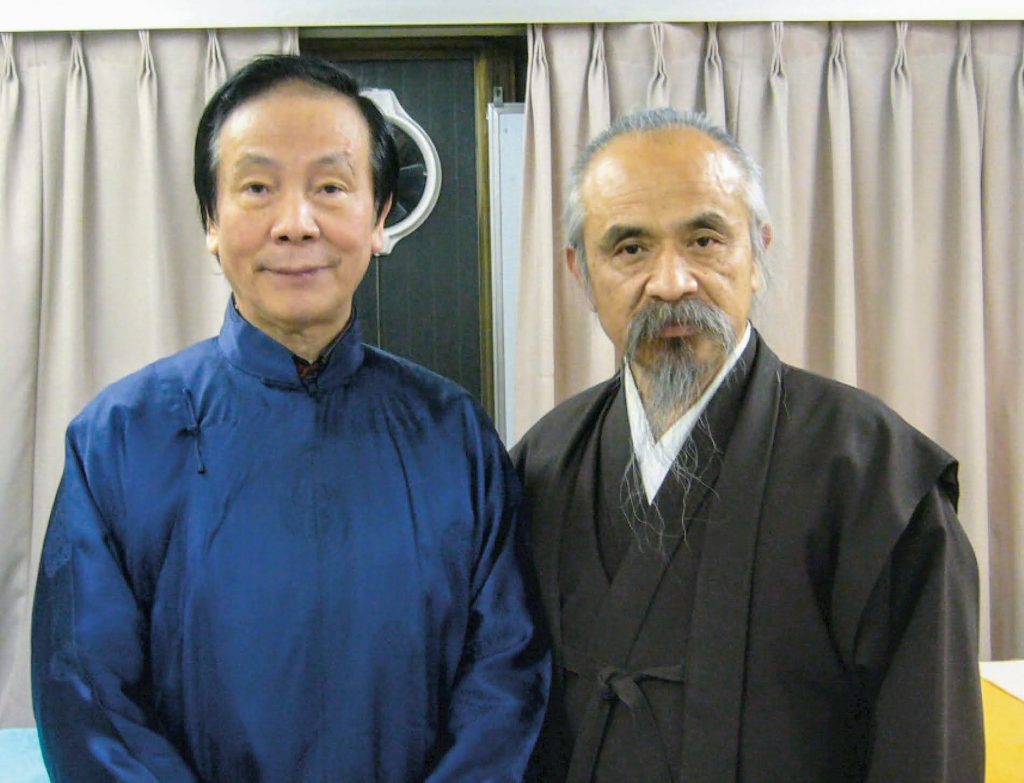
I use therapeutic Qi Gong on patients, what they release allows me to confirm or complete my diagnosis. It informs me about the seriousness of the patient’s condition, the stage of his illness, but also about his state of mind or the vital energy stored in the body. Therefore, these indications can be important in the case of the treatment of cancer, Alzheimer’s, cardiovascular diseases etc. Last month, in November 2020, we also had very encouraging results on 3 breast cancer patients and 2 patients over 90 years old suffering from Alzheimer’s disease.
This clinic is a place to welcome patients, but it is also considered as a dojo, a place of practice and training for therapists. In this way, you keep alive the traditional spirit that considers therapeutic arts as paths (Do) and not as techniques (Jutsu). In their learning, you seem to pay a lot of attention to moral rigour. What is the implication of this rigour in the training of your practitioners?
This question is a difficult one… It all depends on the disciple’s demands on himself, the patient he wishes to treat and the type of therapist he wishes to become.
There can be a gap between what I teach and his own expectations.
I know that the path of Bushido, this traditional, radical and sacrificial form of therapy, can today be perceived as “moral harassment” in the contemporary world. At the moment, I don’t think that any disciple would want to do that…
So I adapt, without giving up, and I continue my teaching every day as best I can.
In any case, it is also the therapist’s role to accompany the patients so that they acquire this moral sense.
What other qualities do you think a therapist should have?
Of course this question is very important. Originally it was through the study of Taoist arts that I learned. It is a Way of the Heart of great depth and through which one can develop the required qualities. There is an expression: “Shin Sui no Rō” (新水の労), which can be translated as : “Fetching water requires effort”. This means that in everyday life it is important to make an effort to serve others. I also ask the disciples to know how to put aside their ego in order to assimilate my teaching, to follow the same path as me. But the times are now very different from even 30 years ago. It doesn’t work like it used to.
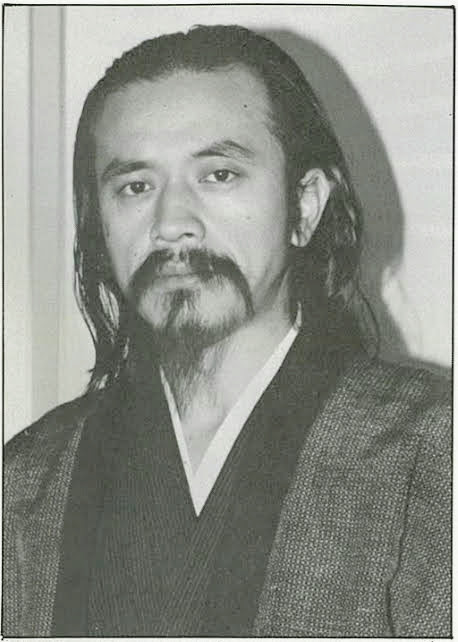
Having said that, I sometimes decide to go and clean the public toilets myself and I ask my disciples to join me. We do it for nothing. We do it so that we don’t forget where we come from and remain humble. These are also, to answer your question, the qualities to maintain in order to leave room for the other, the patient in particular. Of course we are talking about moral rigour, but laughter is also important. I ask therapists to know how to embody a character so that he can make patients laugh while remaining respectful.
What martial arts have you studied? For how long?
I studied Kendo, Iaido and Okinawan Karate (Goju Ryu) for 3, 10 and 20 years respectively. I don’t remember clearly the names of the teachers at that time.
I am also a kenjutsu practitioner, so I understand the very special relationship one can have with the sword. But not all readers are in this case. Could you tell me what lessons you have learned from the art of the sword. How do you apply them in your medical practice?
In oriental medicine, the term “Bōshin” (望診) is used to refer to the observation time in front of the patient. It is part of the 4 diagnostic arts: listening, looking, asking, touching. It is really a very important technique that can reach an almost divine level.
There are equivalents in Iaï, notably through the concept of “Marobashi” [ix]. A work in harmony with nature, free and formless, which adapts to each situation. In order to be able to apply it, it is important not to have a pre-determined intention and to face each situation in a neutral way in order to perceive the constant changes of the person in front of you. Here too the “Bōshin” is present.
We can also talk about the “Ai-Nuke” (相秡) which can be translated as “mutual preservation”. When opponents end their encounter before they even fight, out of respect for each other and for Life in general.
These concepts have in common the need to be in harmony with the “will of Heaven/Universe” (天の意志). They are in the field of recognition and acceptance of the other. In other words, it is through the path of enlightenment. By integrating the 6 virtues of Buddha into our daily life:
- generosity
- integrity
- discipline
- patience
- perseverance
- and meditative absorption through transcendental knowledge.
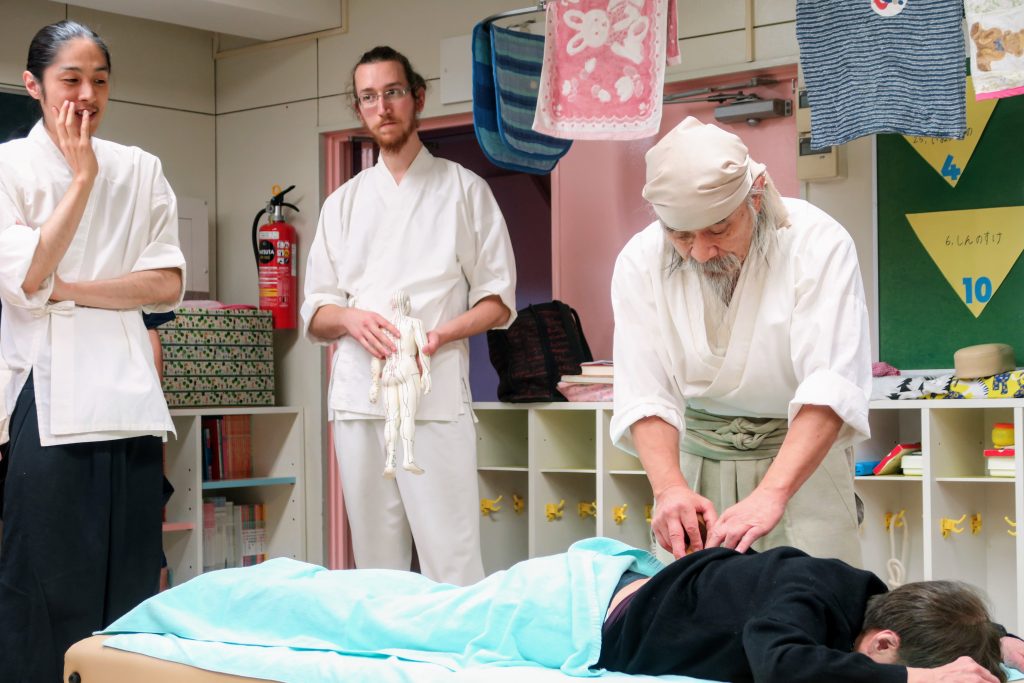
I was talking about illness before, it can be precisely the result of neglecting these virtues. If they are not integrated into our values. Negative emotions such as anger and greed are the seed. The practice of the sword can therefore influence medical practice through this ethical dimension and the relationship to oneself and to others. It also allows us to remain anchored in time and to rid our body and mind of the superfluous.
I have friends who are experts in Iaï and Yabusame[x]. If you come to Japan, I will introduce them to you and you will be able to experience them.
It would be a pleasure! You have been a follower of Misogi, the purification of the body through water. You also practice calligraphy, which is a very demanding art. These techniques all come from the Japanese tradition. What place does it occupy in your life and in your practice?
I no longer practice Misogi, but, in other forms, I practice daily exercises of purification of body and mind.
Concerning the art of calligraphy, it has existed for a long time in Japan, but many currents are only practices that focus on technique, on aesthetic performance.
Many calligraphies are indeed very beautiful, but this dimension of Ki is missing. I think it is difficult to achieve “harmony of soul/mind” (魂の調和)[xi] through this. Calligraphy that is not enriched by this dynamic does not harmonise with the universe.
However, the way I approach calligraphy comes from my practice of Qi Gong. It is then done in connection with the “Way of Heaven” (天の道). It is through this synergy, through inspiration that the ideograms come to me, I don’t know beforehand what I am going to do and it is even sometimes difficult for me to decipher what results from it!
So, how do I achieve this harmony? Here again, I think that the practice of Qi Gong opens this way.
What do you see as the evolution of pathologies in Japan? In France we have seen a clear increase in joint problems and burn-out. But people don’t just want to be relieved, they also want to understand why they are in pain. Is this your case?
Japanese patients are in fact not very different. The problem for many of them comes from their diet: the oils, fats and sweets they regularly consume. If they are not aware of this, we cannot achieve satisfactory results.
In recent years, we have almost always found the same symptoms related to :
- Intestinal hyperpermeability (“Leaky Guts Syndrome”);
- Hyperpermeability of the blood-brain barrier (“Leaky brain Syndrome”).
This is very interesting, thank you for this information. In Europe, the energetic aspect of Shiatsu and the healing arts are very much in vogue. In your opinion, is the use of meridians and Ki the only thing you need to know to be able to treat a person in a natural way?
I don’t think there is only one thing.
Apart from the meridians and Ki, which are unfamiliar concepts for most people, what is important is: what the person says about how they feel, how they think, how they perceive things (心のあり方)[xii] … All this has to be taken into account.
It is also about living with respect for others and knowing how to bear one’s mistakes/defects (恥を知る心)[xiii] as the Japanese did in the past. There are expressions such as :
- 自らじるという言い方もありま : acknowledgement of one’s wrongs
- 自らを恐れるという言葉 self-criticism
- 自らを慎むという言葉: restraint and moderation
- 自らを戒めていく心 : self-discipline
I am constantly aware that this is the driving force behind the treatment.
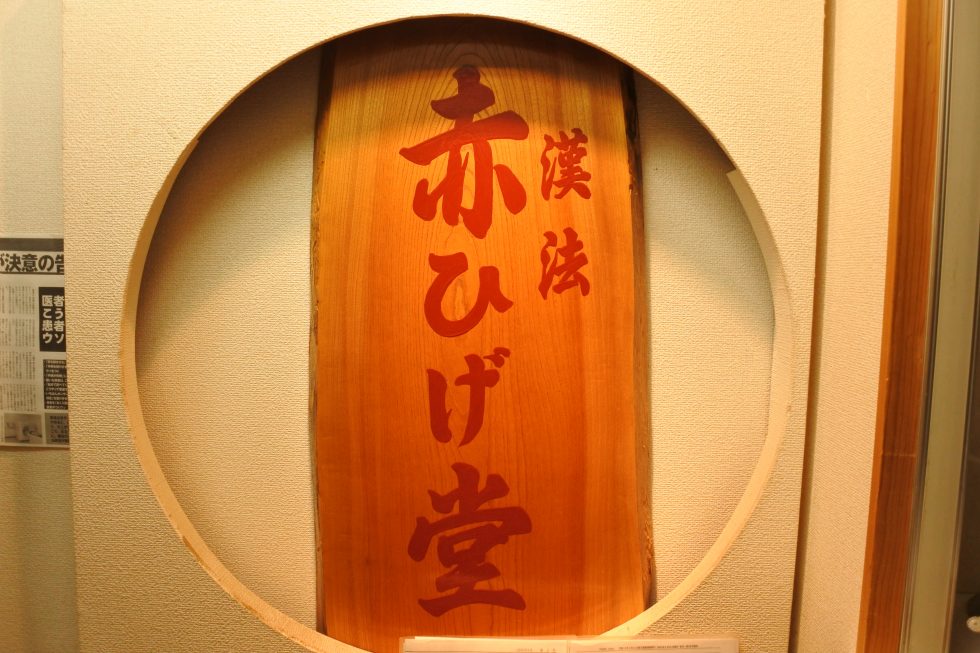
I will now ask you a question that could be simple, but is not: in your opinion, what is a meridian and what is Ki?
I think we can make the comparison between what exists in the human body and the railway networks. Meridians are like the rails of a train, the Ki is the electric current that makes it work.
These are notions that can be easily demonstrated during a treatment at the clinic. The human body is truly extraordinary…
To end this interview, what advice do you give to your students? What do they need to do so that they can practise for a long time, for decades, without becoming exhausted?
Feeling gratitude is very important.
It is necessary to know how to be grateful and to ask forgiveness from one’s parents. Think about what your parents have given you and what you have given them in return, what harm you may have done to them.
When you have realised all this, your true nature/energy will appear and you will then have all the resources to practice.
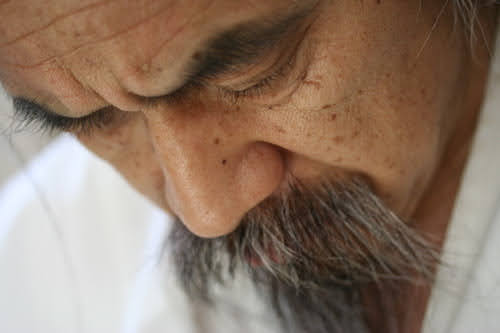
I will end with this expression, which I invite you to reflect on:
我以外全て師
Ware igai subete shi
Everything but self is master
Thank you.
It is I who thank you sensei for your time and for answering my questions.
Author: Ivan Bel
English proofreading: Chris McAlister
Acknowledgements:
I would particularly like to thank the following people for putting me in touch with Takeuchi Sensei, for speaking with him, clarifying his thoughts, translating from Japanese to French and providing the photographs:
Mehdi Abid
Misako Sekine
Nourit Masson-Sekine
Notes:
- i] Fuku ki-hō (服気法): literally the ‘Ki’s habit technique’.
- [ii] To find out more about this excellent film, see the fact sheet on allociné.
- [iii] Barberousse…
- iv] Yukio Mishima (三島 由紀夫) Japanese writer born in 1925, who was the last Japanese man to commit suicide by seppuku (opening his belly with a sword) in 1970. He is the author of numerous poems, novels and plays.
- v] Mehdi Abid and Misako Sekine are the representatives of Yin Shiatsu in France. To know more about Mehdi Abid, read his interview on France Shiatsu. To know more about Misako Sekine, go to his website.
- [vi] Jiyū ishi (自由意志) : word for word “freedom + will”.
- [vii] Bodhidharma (Sanskrit in devanāgarī: बोधिधर्म “wisdom teaching”; simplified Chinese: 菩提达摩, pútídámó or 達摩, dámó; Japanese: 達磨, daruma; c. end of 5th and beginning of life century), was the Persian Buddhist monk from India, who brings the dhyāna from mahāyāna, under Chan in China and Zen in Japan. The Chan school claims to trace its roots back to the Buddha, Bodhidharma is considered to be his 28th patriarch and his first Chinese patriarch. He is also the one who brought Indian martial arts to China.
- [viii] Hàn Wǔdì (汉武帝: -157 to -87 BC) is the seventh emperor of the Han dynasty of China, reigning from 9 March 141 BC until his death, a total of 54 years of reign. He is considered, along with the emperors Tang Taizong (Tang Dynasty) and Kangxi (Qing Dynasty), to be one of the greatest emperors in the history of China.
- ix] 丸橋 (Marubashi) which may mean a circular bridge. Perhaps a reference to the cyclical nature of life/learning, or to a unit of time, past present future merging together.
- x] Yabusame (流鏑馬) is a Japanese archery technique practiced on horseback. The archer shoots arrows without points (either hissing or with a ball at the end) at three wooden targets at full gallop.
- [xi] Tamashī no chōwa (魂の調和): means “harmony of the soul”.
- [xii] Kokoro no arikata (心のあり方): can be translated as “the heart as it should be” or “how the heart should be”.
- [xiii] Haji o shiru kokoro (恥を知る心): In the context of the article, this means “being aware of one’s faults/errors”.
- A Milestone: The 2025 ESF Symposium in Brussels - 24 March 2025
- Austria – 19-21 Sept. 25: Shiatsu Summit in Vienna – chronic fatigue, burnout & depression - 19 December 2024
- Terésa Hadland interview: Shiatsu at core - 25 November 2024
- Book review: “Another self” by Cindy Engel - 30 September 2024
- Austria – 24-26 Oct. 25: Master Class in Vienna – Shiatsu and martial arts - 20 August 2024
- France – Lembrun Summer Intensive Course – July 6 to 12, 2025: Digestive System Disorders, Advanced Organ Anatomy, and Nutrition - 4 August 2024
